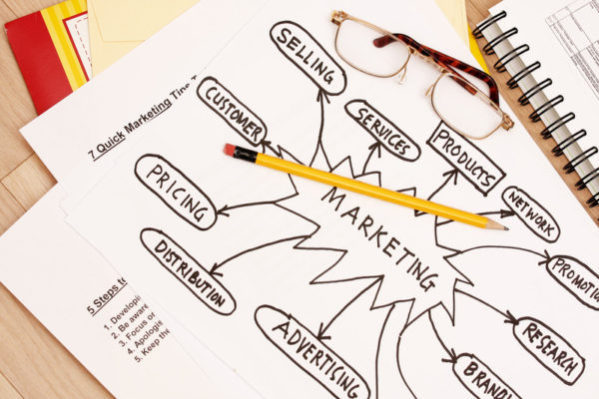Commercial Web sites have much in common with old media — print ads, television commercials, radio spots, direct mail, etc. But some things are distinct and new. The new things are what often confuses and mystifies Web site owners.

Below is my list of some similarities and differences.
Old Media: Purpose is the Same
Commercial Web sites have the same purpose as old media. They are simply a tool to inform the public about your product or service and why your company is the best choice to solve a prospect’s problem.
New Media: Numerous First Impression Possibilities
When a prospect takes a catalog out of his mailbox, he will see the cover. He might flip open the catalog to a back page, but he won’t see that back page first. But with a Web site, that’s exactly what might happen. After a search query, your visitor may land on an interior page of your site, not your “cover” i.e. Home Page. If your site has hundreds or thousands of pages, each page is a potential “first impression.”
New Media: Mission Critical
If your visitor has arrived on your site after initiating a search, he is on a mission. He is not leisurely thumbing though a magazine and happening upon your ad. Nor is he passively watching TV when your commercial comes on. He is in an “active” frame of mind. A leisurely home page that gushes about what a great integrity-driven organization you are won’t cut it. You need to immediately identify why a customer has landed on that page and help him find his answer. In fact, you need to evaluate all your pages as if a visitor has landed on that page first.
Old Media: Content is King
Just like you need good content for a direct sales letter, radio spot, television commercial, or newspaper ad, you need good content for a Web site. Internet marketing demands a direct message. A flashy, glitzy site can be distracting. Focus on the message more than the “special effects.”
New Media: Keywords and Search Engine Optimization (SEO). They Matter.
Twenty years ago, who would have thought putting exactly the right little words in a marketing piece could make the difference between 10 and 10,000 people seeing your piece? Or that “link-juice” would be so all-important? It’s wild out there.
Old Media: It Ain’t Cheap
There’s another way in which Web sites are like old media. They cost money to do well. DIY Web sites are rarely optimized or maintained, and a stale site does poorly in search results. Maintaining and constantly updating your site does take a considerable amount of time. So do budget generously for your Web site and other Internet Marketing needs.
New Media: Easy to Turn-On-A-Dime
You can place a Pay Per Click ad for your Web site in literally minutes and have it broadcast nationally or even internationally … but you do have to know what you’re doing.
New Media: Fast to Make Changes or Corrections
You don’t have to make yourself crazy getting everything just perfect before going to production. If you publish a page and then think of a better way to do it, you can simply change the page. Or if you make a typo, you can correct it in the time it takes you to log on to your content management system and retype the word.
New Media: David Beats Goliath Again and Again
A Web site helps level the playing field. Sure big companies still have an advantage, but a lot of local guys have been able to take their products and services directly to consumers nationally and even internationally with the click of a button.
Remember, your Web site is the heart of your Internet marketing efforts. Once it’s in good shape, you can branch out into other Internet arenas.



